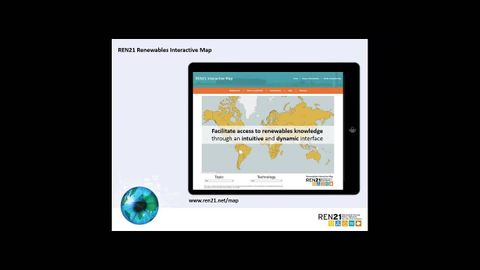
Subtitles & vocabulary
REN21 Renewables 2015 Global Status Report: Distributed Renewable Energy
00
richardwang posted on 2015/10/02Save
Video vocabulary
access
US /ˈæksɛs/
・
UK /'ækses/
- Noun (Countable/Uncountable)
- Way to enter a place, e.g. a station or stadium
- The opportunity or right to use something or to see someone.
- Transitive Verb
- To be able to use or have permission to use
A2TOEIC
More capacity
US /kəˈpæsɪti/
・
UK /kə'pæsətɪ/
- Noun (Countable/Uncountable)
- Ability to hold, involve or contain (e.g. liquids)
- Largest amount of something that can be produced
B1
More status
US /ˈstetəs, ˈstætəs/
・
UK /'steɪtəs/
- Uncountable Noun
- Position or rank relative to others in a society
- Legal position of a person or thing
A2TOEIC
More energy
US /ˈɛnədʒi/
・
UK /'enədʒɪ/
- Noun (Countable/Uncountable)
- Physical or mental strength
- Enthusiasm and determination.
A2
More Use Energy
Unlock All Vocabulary
Unlock pronunciation, explanations, and filters
